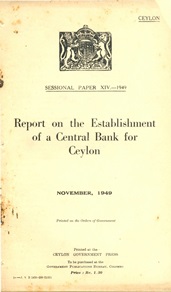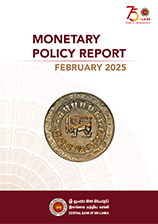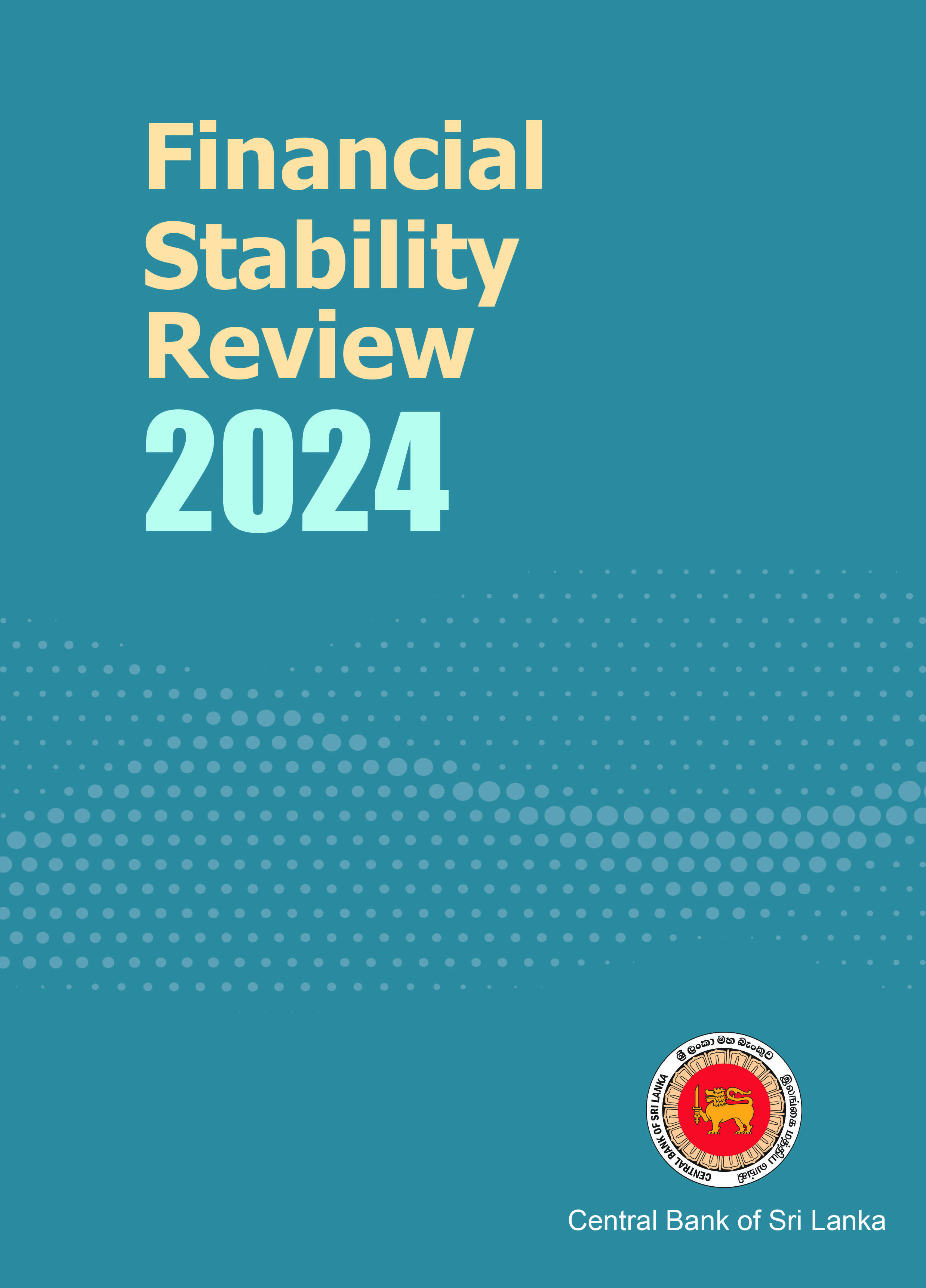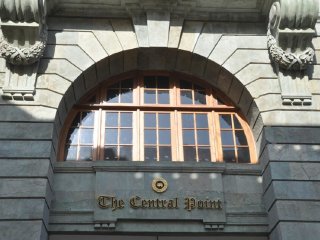The public is hereby notified that the Regional Sub-office of the Central Bank of Sri Lanka (CBSL) in Jaffna shifted its operations to Regional Office, Ariviyal Nagar, Kilinochchi with effect from 15 June 2017. Accordingly, services provided by Jaffna Sub-office such as providing Employees’ Provident Fund (EPF) related services, maintaining of sales counter for CBSL publications, conducting awareness programmes on financing, development of managerial and business skills, promoting credit delivery mechanisms in the Jaffna region will be carried out through the Regional Office in Kilinochchi, in addition to the current operational activities of that office.
-
Amalgamation of the Operation of Regional Sub-office of the Central Bank of Sri Lanka in Jaffna with Regional Office in Kilinochchi
-
Licensed Banks Adopt Basel III Capital Standards to Strengthen Resilience
Commencing 01 July 2017, licensed banks in Sri Lanka will adopt minimum capital standards based on the Direction issued by the Central Bank of Sri Lanka in late 2016. This Direction is in line with the Basel III guidelines issued by the Bank for International Settlements (BIS) related to capital, leverage and liquidity in order to strengthen resilience of banks.
-
Suspension of Business of Perpetual Treasuries Limited
The Monetary Board of the Central Bank of Sri Lanka on 06th July 2017, acting in terms of the Regulations made under the Registered Stocks and Securities Ordinance and the Local Treasury Bills Ordinance, has decided to suspend Perpetual Treasuries Limited (PTL) from carrying on the business and activities of a Primary Dealer for a period of six months with effect from 4.30 p.m. on 06th July 2017.
The Central Bank will take necessary measures to ensure that this regulatory action does not have a disruptive impact on the market. Action will also be taken to facilitate the handling of the interests of the customers and counterparties of PTL in an orderly manner.
-
External Sector Performance - April 2017
Sri Lanka’s external sector displayed a mixed performance in April 2017. Although export earnings increased in April 2017, the higher growth in import expenditure resulted in an expansion of the trade deficit. Despite the increase in tourist earnings in April 2017, the decline in workers’ remittances together with the expanded trade deficit moderated the performance of the external current account. However, the financial account of the Balance of Payments (BOP) was supported by continued foreign inflows to the Colombo Stock Exchange (CSE) and the government securities market in April 2017.
-
The Annual Report of the Central Bank of Sri Lanka for the Year 2016
In terms of Section 35 of the Monetary Law Act No. 58 of 1949, the sixty seventh Annual Report of the Monetary Board of the Central Bank of Sri Lanka was presented to Hon. Ravi Karunanayake, the Minister of Finance, by Dr. Indrajit Coomaraswamy, the Governor of the Central Bank of Sri Lanka.
-
Inflation in March 2017
Inflation, as measured by the change in the National Consumer Price Index (NCPI) (2013=100), which is compiled by the Department of Census and Statistics, increased to 8.6 per cent in March 2017 from 8.2 per cent in February 2017, on year-on-year basis. Both Food and Non-food categories contributed towards the year-on-year inflation in March 2017. The increase in year-on-year inflation in March 2017 is due to the low base that prevailed in the corresponding period of the previous year.
The change in the NCPI measured on an annual average basis increased to 5.6 per cent in March 2017 from 5.1 per cent in February 2017.
-
SL Purchasing Managers’ Index Survey - March 2017
The Manufacturing sector PMI recorded 66.5 in March which is an increase of 9.4 index points compared to February 2017. This indicates that the manufacturing activities continued to expand in March 2017, largely attributable to increasing orders and manufacturing activities due to new year seasonal demand as reflected through increased in New Orders and Production sub-indices. Stock of Purchases increased with accumulated stock and rectification of delivery delays which witnessed during last month. However, Suppliers’ Delivery Time indicated a decline with normalising supply arrangements especially from China after their new year period. The Employment sub-index also dropped slightly compared to the previous month. Overall data points to an expansion where all the sub-indices are above the neutral 50.0 threshold.
-
Statement Issued by the Central Bank of Sri Lanka Clarifying Certain Media Reports on the Examination of the Employees’ Provident Fund Transactions in Government Securities
The Central Bank of Sri Lanka wishes to clarify its position on certain media reports that carried erroneous facts on the proceedings of the Monetary Board meeting held recently.
The Monetary Board had a discussion on the Report on the Examination of the Employees’ Provident Fund Transactions in Government Securities with a view to decide the suitable course of action to be followed in respect of the findings. The Monetary Board decided to commence disciplinary proceedings in terms of the internal procedures of the Central Bank of Sri Lanka against any officials of the Bank where there is evidence of wrongdoing.
-
External Sector Performance – December 2016
The performance of Sri Lanka’s external sector was mixed in December 2016. The trade deficit expanded as a result of the considerable increase in import expenditure, which more than offset the growth in export earnings during the month of December 2016. On a positive note, both earnings from tourism and workers’ remittances grew at a healthy rate, year-on-year, during the month. The government securities market witnessed a net outflow in December, while some inflows to the Colombo Stock Exchange (CSE) were observed.
-
Monetary Policy Review - No. 2 of 2017
As per the provisional estimates of the Department of Census and Statistics (DCS), the Sri Lankan economy grew by 4.4 per cent in real terms during 2016 compared to the growth of 4.8 per cent in 2015. Within this annual growth, Industry related activities grew notably by 6.7 per cent driven by construction related activities, while Services related activities grew by 4.2 per cent mainly with the expansion of financial services, insurance and telecommunications. However, Agriculture related activities contracted by 4.2 per cent in 2016, impacted by supply side disruptions on account of floods in the second quarter and drought conditions during the final quarter of 2016.










